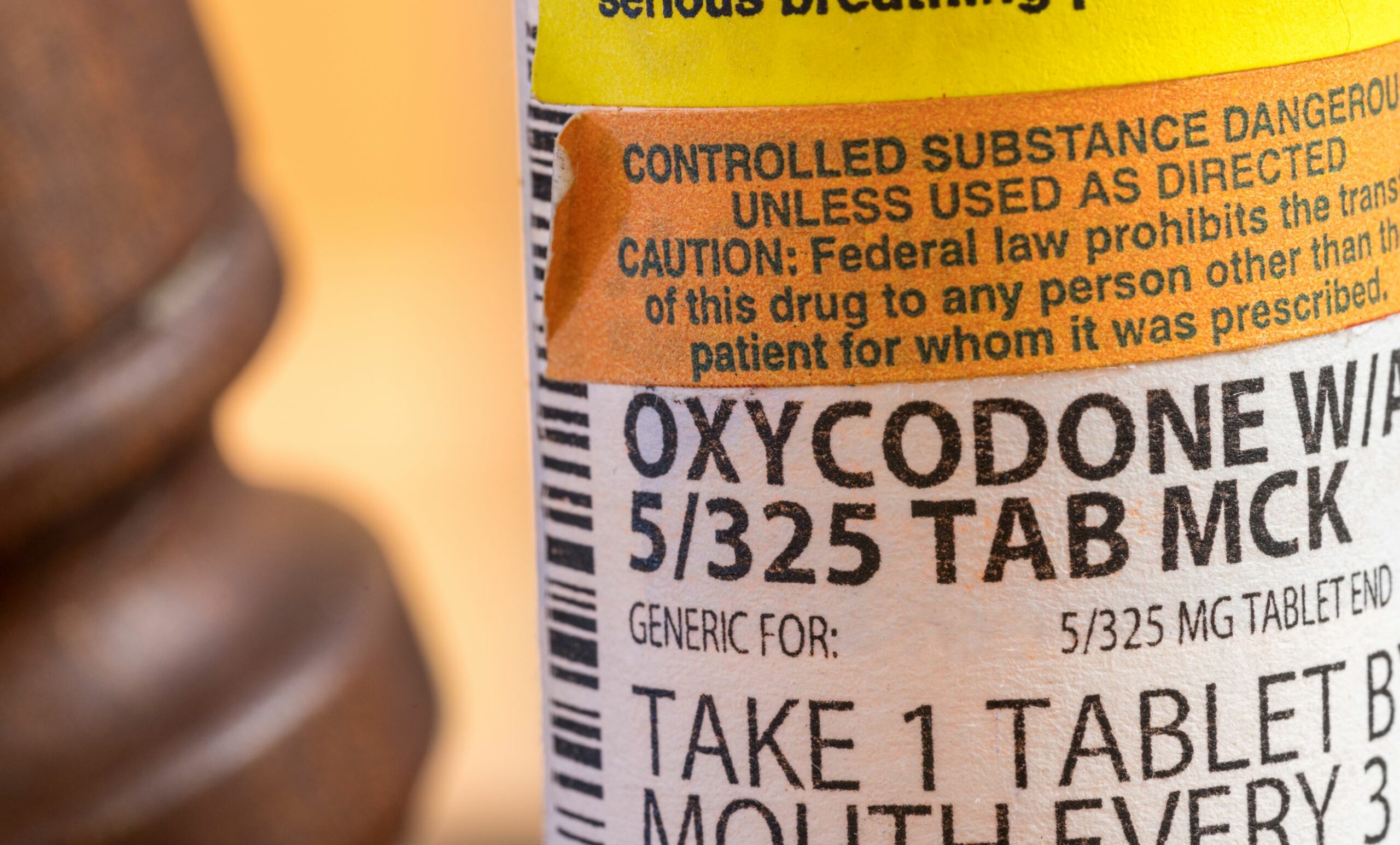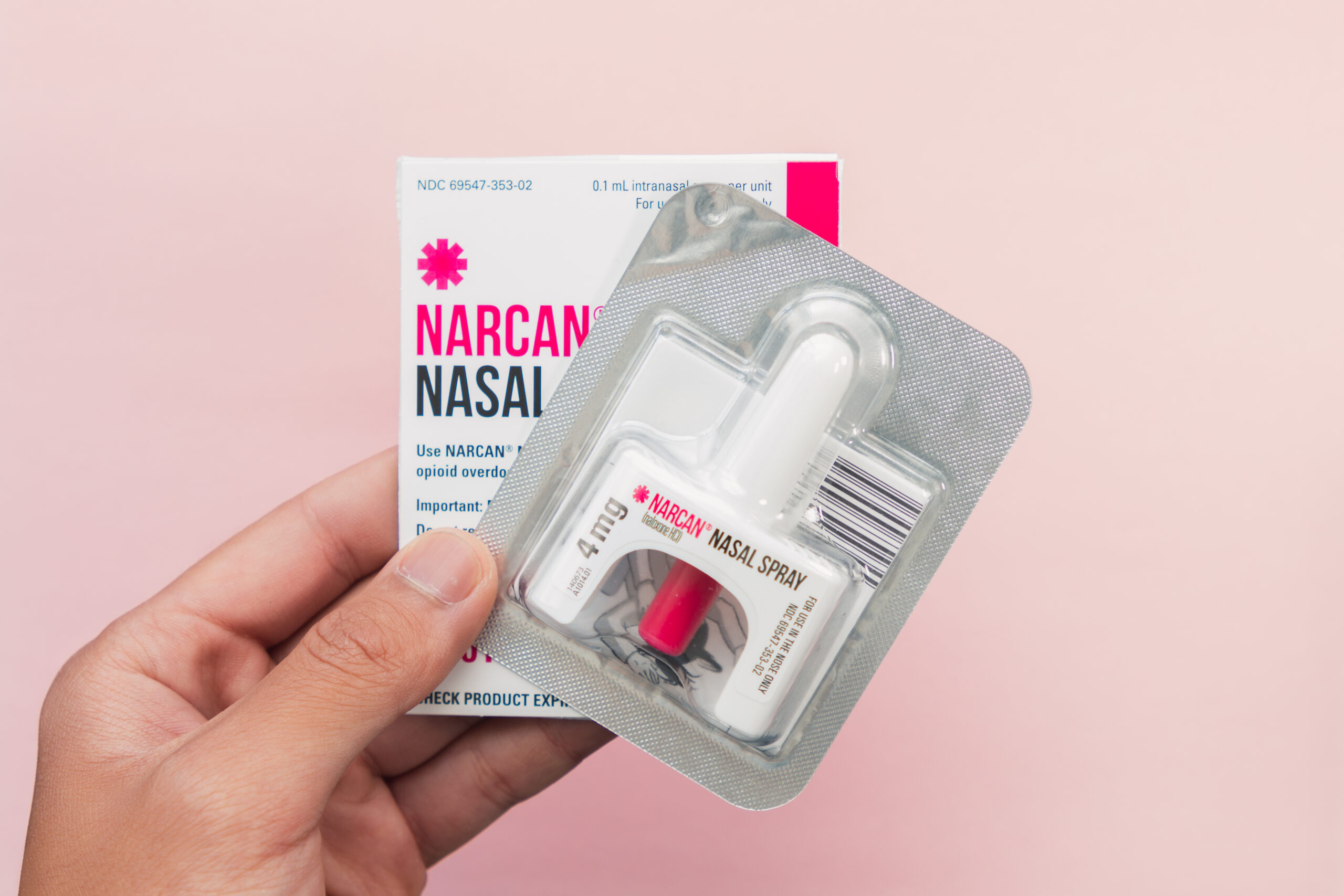Pediatric Opioid Overdose for Lay Rescuers
Short Description
This algorithm guides the lay rescuer to efficiently identify and manage a person with cardiac arrest due to a suspected opioid overdose.
Algorithm at a Glance
- The lay rescuer identifies a child who may have had an opioid overdose.
- High-quality CPR is initiated immediately when a child is in cardiac arrest, while the lay rescuer waits for a defibrillator/AED and naloxone.
- Naloxone administration occurs as soon as it is available and every 4 minutes as needed.
- CPR and monitoring continue until EMS arrives.
Goals for the Management of Pediatric Patients With Opioid Overdose
The lay rescuer will be able to:
- Recognize an opioid-associated life-threatening emergency.
- Provide appropriate treatment for an opioid-associated emergency.
The Pediatric Opioid for Lay Rescuers Algorithm
This algorithm outlines the steps for a lay rescuer to manage a child presenting with symptoms of an opioid overdose.

A child could possibly ingest opioids and overdose.
Opioid-Associated Emergency Algorithm for Lay Rescuers
Related Video – Understanding the Opioid-Associated Emergency Algorithm for Lay Rescuers
Box 1: Assess the Child and Activate the Emergency Response System
If out of the hospital, the rescuer calls for help and sends someone for an AED and naloxone. The rescuer observes the child’s respiratory status.
Box 2: Determine If the Child Is Breathing Normally
If the child is breathing normally, the lay rescuer proceeds to Box 3. If the child is NOT breathing normally (gasping or no breathing), the lay rescuer proceeds to Box 5.
Related Video – Understanding Agonal Breathing
Box 3: Support the Child
The lay rescuer maintains an open airway and prepares for transport to the emergency department. The rescuer considers the administration of naloxone if available.
Box 4: Continuous Monitoring
The rescuer continues to assess breathing and level of consciousness until EMS arrives for transport.
Box 5: Begin CPR
The rescuer provides high-quality CPR and administers naloxone when available. If not trained to provide rescue breaths, the lay rescuer performs hands-only CPR and uses the AED when available.

Naloxone reverses opioid overdose, and the nasal spray version is called Narcan.